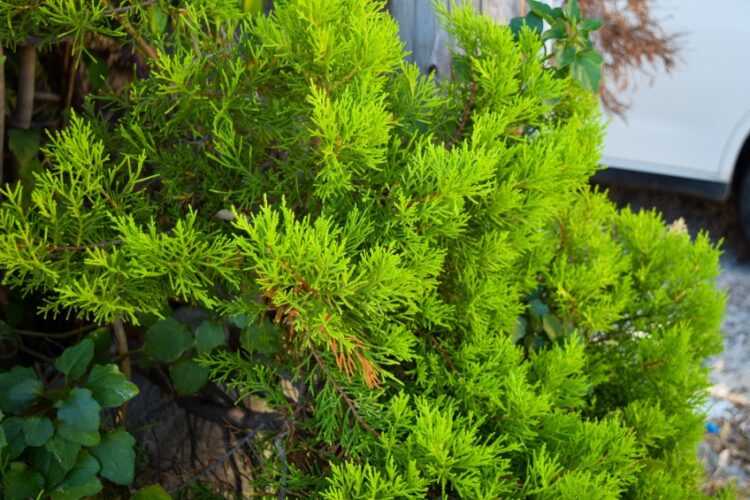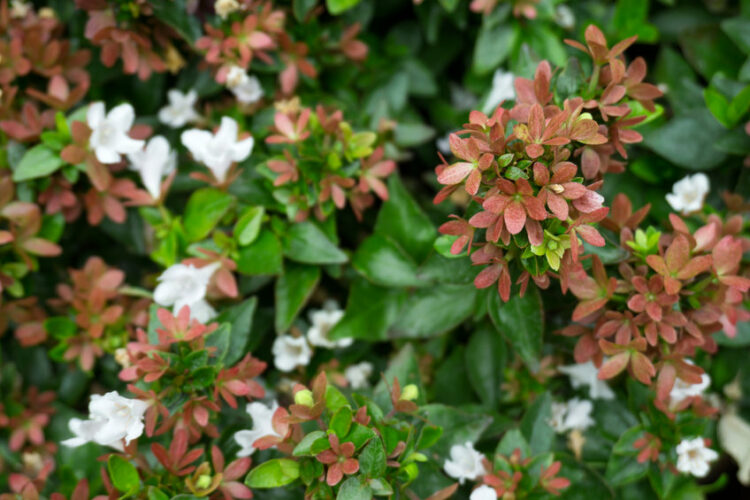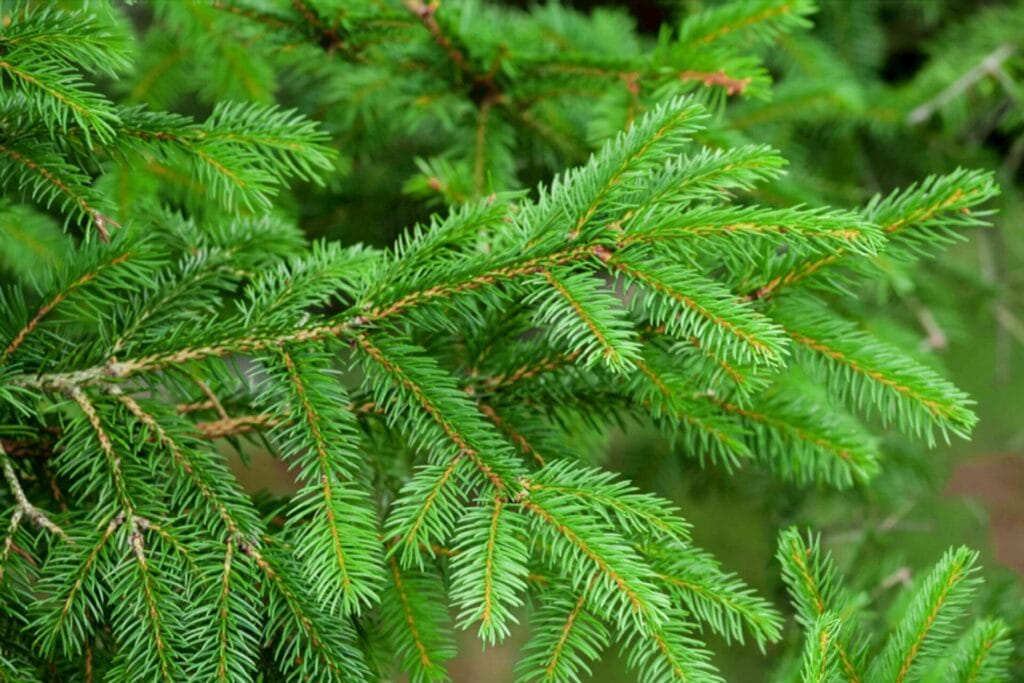Texas gardens often face unique challenges, from scorching summer heat to unpredictable winter freezes. One way to ensure your landscape stays vibrant throughout the year is by incorporating evergreen plants. These plants provide year-round color and structure, even when other plants are in dormancy. Whether you’re looking to add texture, color, or privacy, there’s an evergreen plant suitable for every Texas garden.
Here, we’ve rounded up some of the best evergreen plants that will thrive in Texas and keep your garden looking lush throughout all seasons.
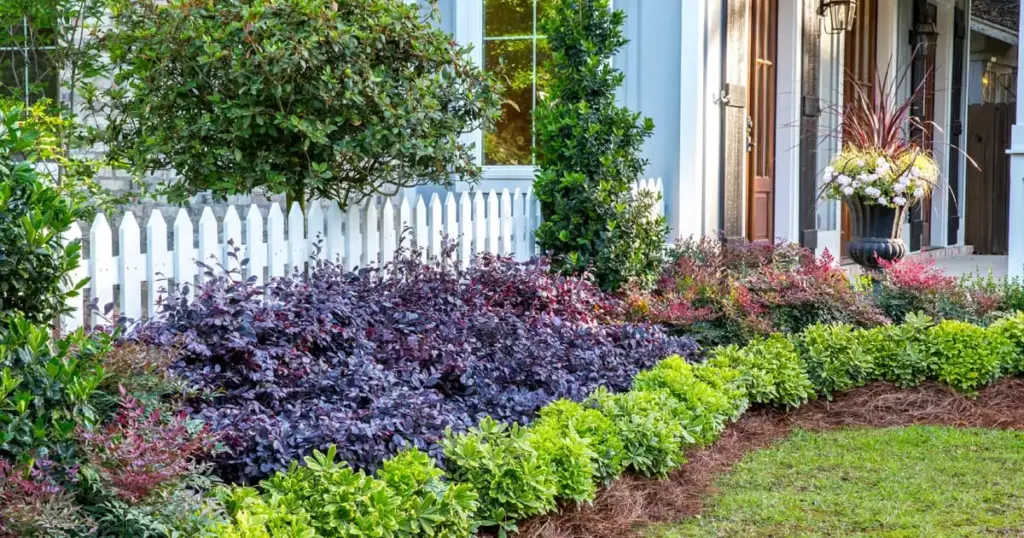
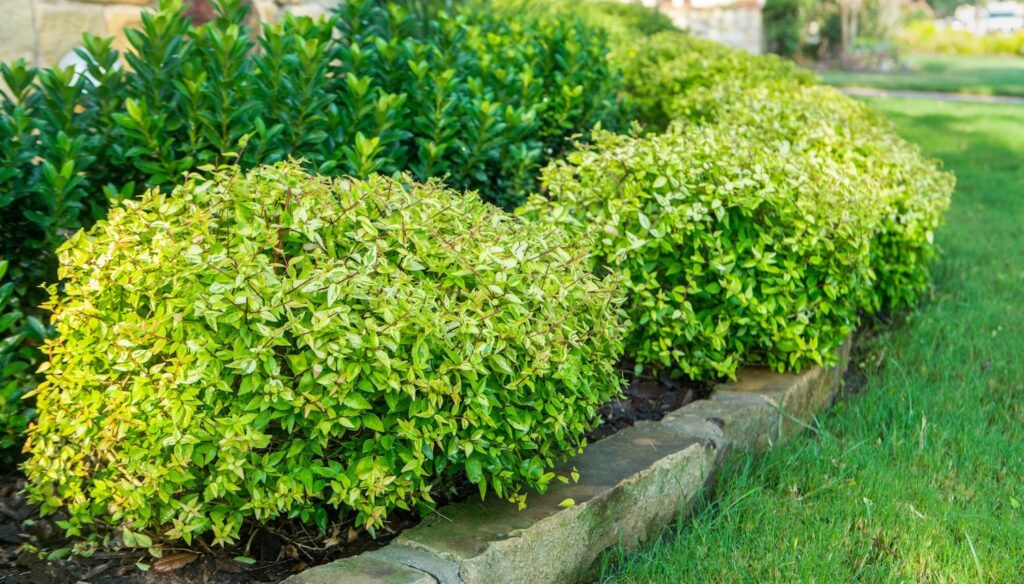
What Is Core Aeration?
1. Texas Sage (Leucophyllum frutescens)
Texas Sage is an iconic evergreen shrub native to the state, known for its beautiful silvery foliage and vibrant purple blooms. This hardy plant thrives in the hot and dry conditions of Texas, making it an excellent choice for xeriscaping or low-maintenance gardens. Texas Sage can withstand both drought and heat, making it an ideal choice for areas like Dallas, Austin, and San Antonio.
Why it’s perfect for Texas: Texas Sage loves full sun and is drought-tolerant once established. It also attracts pollinators, such as bees and hummingbirds, enhancing the ecosystem of your garden.
Best for: Low-maintenance landscapes, dry zones, and attracting wildlife.
2. Eastern Red Cedar (Juniperus virginiana)
The Eastern Red Cedar is a versatile evergreen tree that’s perfect for Texas gardens. Known for its dense, aromatic foliage, it can be used as a privacy screen, windbreak, or specimen tree. It grows well in various soil types and is drought-resistant once established, making it a great option for both urban and rural Texas landscapes.
Why it’s perfect for Texas: The Eastern Red Cedar’s deep green color holds up well in all seasons. It’s highly adaptable and resistant to pests and diseases.
Best for: Privacy, shade, and ornamental purposes.
3. Yew (Taxus spp.)
Yews are another excellent evergreen option for Texas gardens. Known for their dark green foliage and soft, needle-like leaves, Yews are very adaptable to a variety of conditions. They can grow in both sun and shade, making them an ideal option for those with gardens that have varying light exposure.
Why it’s perfect for Texas: Yews are low-maintenance and can be pruned into various shapes, making them a popular choice for formal gardens or hedging. They are also drought-tolerant, but they do best with some irrigation.
Best for: Formal gardens, hedges, or shaded areas.
4. Japanese Holly (Ilex crenata)
Japanese Holly is a compact evergreen shrub that offers year-round greenery and works well in small gardens or as a low hedge. This plant features small, glossy leaves and is often used for topiary or foundation planting. It’s also resistant to pests and diseases, making it a hardy addition to your Texas garden.
Why it’s perfect for Texas: Japanese Holly thrives in both sun and partial shade and requires minimal maintenance once established. It’s also more tolerant of clay soils than other evergreen plants.
Best for: Low hedges, foundation planting, or adding a refined look to your landscape.
5. Lantana (Lantana camara)
Though technically a perennial, Lantana acts as an evergreen in Texas’s mild winter climates, keeping your garden full of color. Known for its clusters of vibrant flowers in shades of yellow, orange, red, and purple, Lantana thrives in full sun and is highly resistant to both drought and heat.
Why it’s perfect for Texas: Lantana can survive Texas summers and even handle some light freezes in southern regions. Its flowers attract butterflies and hummingbirds, enhancing the wildlife aspect of your garden.
Best for: Ground cover, containers, or attracting pollinators.
6. Mountain Laurel (Sophora secundiflora)
The Mountain Laurel is another Texas native that offers year-round evergreen beauty. This small tree produces fragrant purple flowers in spring, and its deep green, leathery leaves provide a year-round texture. It thrives in the Texas Hill Country but can be grown in many parts of the state.
Why it’s perfect for Texas: Mountain Laurel is drought-tolerant, disease-resistant, and grows well in poor soils. Its ability to withstand both extreme heat and mild freezes makes it a standout option for Texas gardens.
Best for: Smaller spaces, ornamental trees, and adding fragrance to the garden.
7. Buxus (Boxwood)
Boxwoods are a staple in formal gardens and are known for their dense, evergreen foliage and ease of maintenance. These plants can be shaped into hedges or used for topiary, making them incredibly versatile for a range of garden styles.
Why it’s perfect for Texas: While Boxwoods thrive in shaded or partially shaded areas, some varieties are also heat-tolerant, making them adaptable to Texas gardens. They are also resistant to pests and diseases.
Best for: Formal hedging, topiary, or foundation planting.
8. Holly Fern (Cyrtomium falcatum)
Holly Fern is a hardy, evergreen fern with attractive, glossy fronds that retain their vibrant green color all year round. This plant does well in shady spots, making it ideal for areas under trees or along garden borders.
Why it’s perfect for Texas: Holly Fern is well-suited for the humidity and heat of Texas, especially in shaded areas. It’s an excellent plant for low-maintenance landscaping.
Best for: Shaded gardens, adding texture to plantings.
9. Oleander (Nerium oleander)
Oleander is a fast-growing, drought-tolerant shrub that provides year-round greenery and bursts of colorful flowers, including shades of white, pink, and red. While Oleander is a hardy plant, it’s important to note that it’s toxic if ingested, so it should be placed carefully in gardens with children or pets.
Why it’s perfect for Texas: Oleander thrives in full sun and is highly tolerant of heat and drought. It’s also relatively low-maintenance and can withstand occasional freezes in southern parts of Texas.
Best for: Border plantings, privacy screens, or as a statement plant.
Conclusion
Adding evergreen plants to your Texas garden ensures that your landscape remains beautiful year-round, regardless of the season. From the stunning silvery foliage of Texas Sage to the elegant form of Boxwoods, these plants not only add color and structure to your garden but also reduce the need for replanting each year.
Whether you live in the desert-like heat of West Texas or the more humid climate of East Texas, there’s an evergreen plant that will thrive in your landscape. Choose the right mix of shrubs, trees, and ground covers, and your garden will remain full of life and color, season after season.
